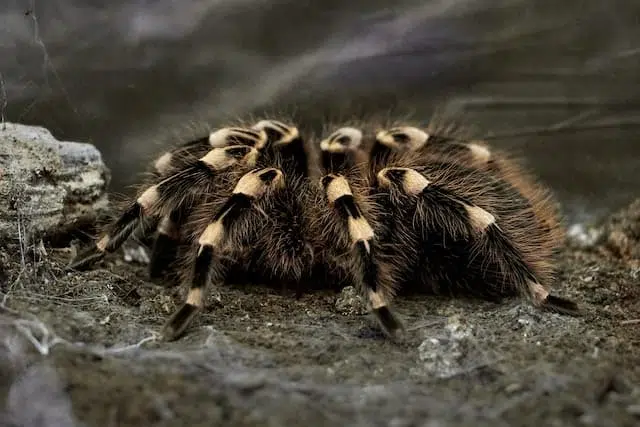No matter how much you despise the existence of spiders, nature has ensured they are present in every corner of the world. Here we list where you can expect to find tarantula spiders.
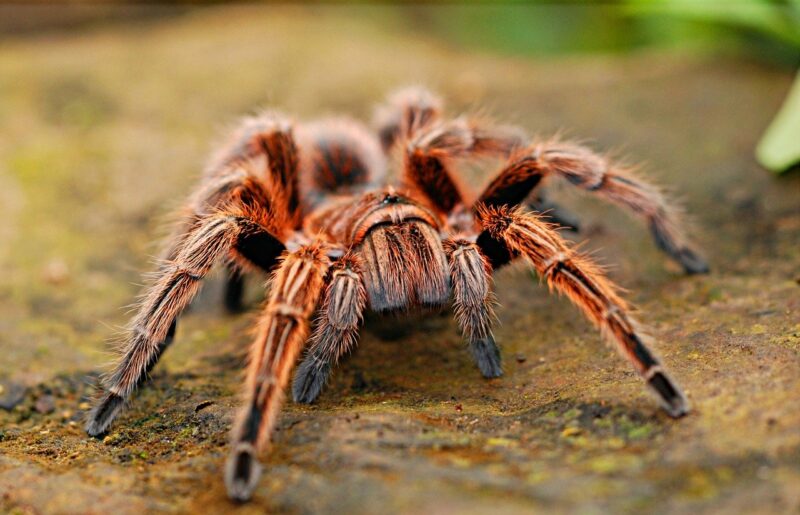
If you’ve ever been to a Halloween-themed party with decorations consisting of faux spiders and webs, you might know how scary the ambiance of a place is due to their presence, even when they aren’t even real.
While a large proportion of the world’s population has an immense fear (or phobia) of spiders, they are not necessarily that dangerous for human beings.
Apart from a few rare exceptions, spider bites are not considered typically to human beings. The infected area may undergo severe pain or swelling. If treated promptly, you’ll be as good as you were before getting bitten.
Besides, these crawling critters are a wonderful creation of nature. Their intricate body patterns and peculiar behavior are fascinating to learn and explore.
Out of the millions of species of spiders alive on earth, the tarantula family of spiders is the largest one at present.
If you’re interested to know where to find the tarantula spiders, you’ll be surprised to know they are everywhere.
An even astonishing fact is that they prove excellent as pets and are being tamed by a lot of people worldwide!
Interesting Facts About Tarantula Spiders
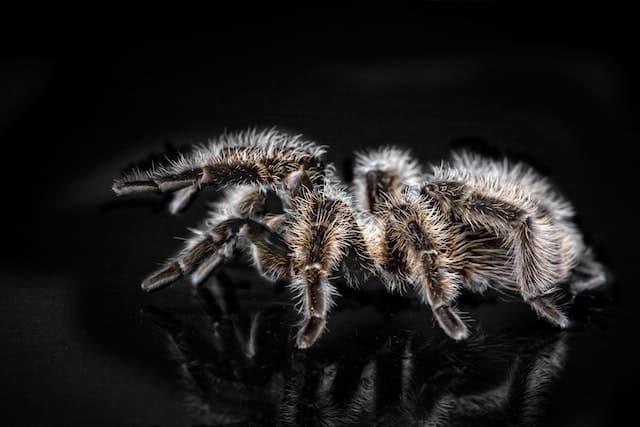
Tarantulas belong to the Theraphosidae family of spiders that are distinguished through their characteristic large bodies and hairy appearance.
Now, you might be imagining what a hairy spider would look like. If you take it from us, they are a scarier form than the spiders you typically see in your daily lives.
If you’re terrified at the mere thought of these hairy critters, let us pull the bar down for you because these scary beasts are not as dangerous to humans as they look. In fact, they rarely ever bite humans unless provoked.
If you ever come across a hairy spider of similar appearance, how would you distinguish whether it is a tarantula or any other spider species? If you’re utterly clueless about this matter, we’ve got you covered!
Stick right here with us to discover in-depth about the appearance and behavior of these hairy giants that make them a rather plausible creation of nature.
Appearance
A total of 850 species of tarantula spiders reportedly exist in the world, out of which none appear very different from one another. In fact, their diets and areas of residence are the only factors influencing the slight difference in the appearance of all these species.
Tarantula spiders are hairy creatures with powerful jaws, sensory appendages known as pedipalps, and venomous fangs facing downwards that aid them in defense against predators.
While most of these tarantula family members come in a brown or dull black coat, many of these species come in beautifully patterned bodies with a combination of colors such as black, white, blue, yellow, etc.
Behavior
The tarantula spiders are an incredible species of the wild that exhibit distinctive behaviors in their day-to-day lives.
For instance, the hairy species occasionally undergo a unique process of growth known as molting, where they shed their exoskeletons to grow larger at the end of the process.
Tarantulas are the most vulnerable to predators in the molting stage due to their extremely limp bodies during this period.
In addition, they exhibit a peculiar defensive system constituting the urticating hairs and fangs on their mouth.
The hair actually function as urticating bristles, which they release on their predators through their hind legs. This attack eventually leads to severe pain and irritation in the infected area, keeping the predators away from attacking these creatures.
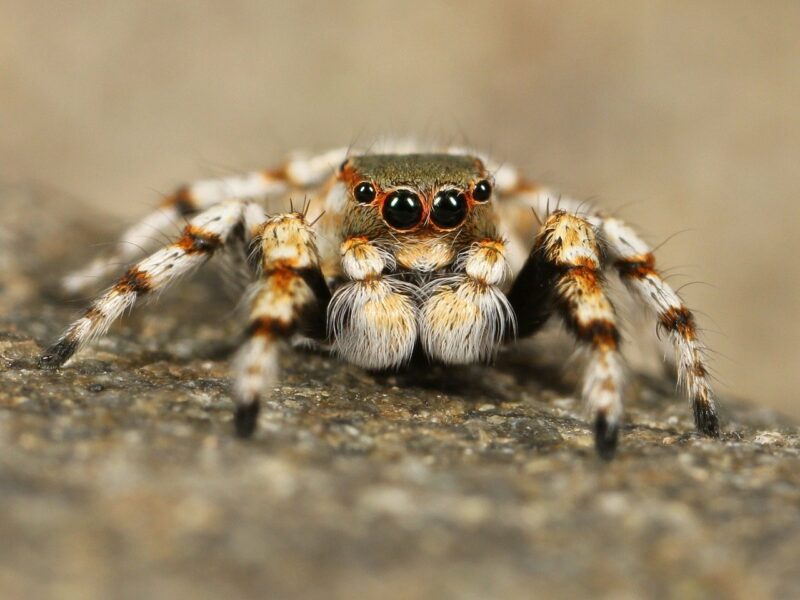
Food And Diet
The tarantula diet mainly consists of smaller insects such as centipedes. Larger tarantulas are capable of feeding on larger animals such as mice, lizards, and even hatchlings of birds.
The tarantula’s way of feeding on a victim is rather vicious. They kill their prey by injecting venom into their bodies via the fangs on their mouth and wait for the victim to die.
Due to a straw-shaped mouth, the tarantula beasts can only feed on the liquid matter by sucking up the liquified food. Therefore, the ruthless creatures shoot digestive enzymes into their prey to digest their bodies into a liquid form and suck them up delightfully.
Mating
Another fascinating phenomenon relating to tarantulas is their distinct way of mating. These spiders do not weave webs to trap their prey. Instead, the male tarantulas spray their sperm on small webs and rub their pedipalps over them.
They then leave their burrows in search of a mate. When found, the tarantulas start copulating and leave immediately when done since the female spiders tend to kill and eat their male fellows as soon as mating ends.
Where To Find The Tarantula Spiders Across The Globe
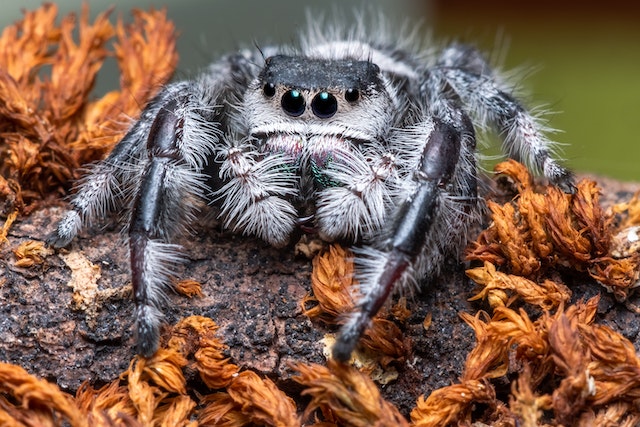
Now that we’ve learned what these vicious creatures are, we must move forward to learning about their area of residence in order to avoid making our way to them!
As mentioned earlier, the tarantula family of spiders is present everywhere. Except for the icy region of Antarctica, every continent of the world is infested with these hairy critters.
This implies that they only dislike extremely cold climates. Rest assured, you may bump into any of these species at some point in your life!
Environmental Conditions Influencing Tarantula Distribution
If you live in a place with a warm and moist climate, we may have bad news for you.
The tarantula spiders are very fond of dwelling in humid areas with a tropical or subtropical climate. They are rarely ever seen in extremely cold regions.
These hairy critters are very fond of living deep into the ground in small holes called burrows that they may dig using their fangs or use the abandoned ones made by other fellow spiders.
It is easy to dig burrows in areas with fertile soil and lots of debris to help them hide their shelter. This is primarily the reason why these hairy beasts prefer residing on rainforest grounds due to their perfect environment and climatic conditions.
In addition, the tarantula spiders are nocturnal species that prefer staying in hiding for the most part of their day. The only time they move out of their deep burrows is at night when they have to hunt for their prey or find a suitable mate.
Distribution Of Tarantula Spiders
The number of species of tarantula residing in a particular place in the world depends largely upon the environment and climate of the area. If it matches perfectly with the tarantula species, they won’t hesitate to dig their burrows and fall deep into sleep in their slumbers!
Besides, the whole tarantula family is scattered in different parts of the world.
Out of a total of 850 species of tarantula spiders in the world at present, the maximum number of species of these hairy critters currently reside in North and South America, notably in Mexico.
A significant amount of tarantula species are native to the US. They are discovered in huge populations in states such as Texas, Oklahoma, Arizona, Colorado, Utah, Nevada, California, Missouri, and Kansas.
Other areas host to the tarantula populations include some parts of Africa (excluding the Sahara desert), Asia, Australia, and Europe.
Although the number of species in these areas is quite less than those found in the American states, the terror they inflict is no different than their fellow spiders from the other corner of the world!
The least number of tarantula species have been reported in some parts of Europe, including Portugal, Spain, Turkey, Italy, and Cyprus.
Most Prominent American Tarantula Species
Now that we know where to find the tarantula spiders, we must also understand what species reside there.
As for the United States, it is the only region that a maximum number of tarantula species inhabit. These spider families more or less exhibit similar qualities and look almost the same as well, with their coat colors ranging from reddish-brown to black.
So, if you’re keen to discover more about some of the prominent families of these hairy critters, keep reading!
Texas Brown Tarantula
The Texas Brown tarantula, also named Oklahoma brown tarantula, is native to northern Texas and Oklahoma, as its name implies.
This tarantula species is the second most abundantly viewed spider, after the Brazilian black tarantula, in the southern part of the United States.
These hairy beasts have a hairy brown coat that may vary according to the environment they are exposed to. These species mostly dwell in shallow burrows dug under flat stones. They are found to be more submissive than their fellow tarantula species.
Moreover, these spiders are not very large, and their diet mainly constitutes insects such as grasshoppers, locusts, and worms.
Goliath Bird-Eating Tarantula
This giant species of tarantula is the largest spider in the world in terms of weight. This ruthless creature is native to the northern parts of South America with a particular liking for swampy and marshy areas.
This giant spider comes in beautiful coat colors ranging from dark brown to golden hues. They have light patterns on their legs that give the species an incredible look.
Now, if you’re still stuck on their name, we can assure you that this spider is capable of eating a whole bird!
However, they tend to avoid hunting larger animals and stick to feeding on smaller mammals, reptiles, or insects, including earthworms, frogs, mice, lizards, snakes, and young hatchlings.
Mexican Redknee Tarantula
As their name implies, the Mexican red knee tarantulas are native to the drylands of Mexico.
These species of the tarantula family are unique due to their characteristic red-black colored legs and pedipalps. No matter how beautiful you find them, if you dare go near them, get yourself ready for the urticating hair attack!
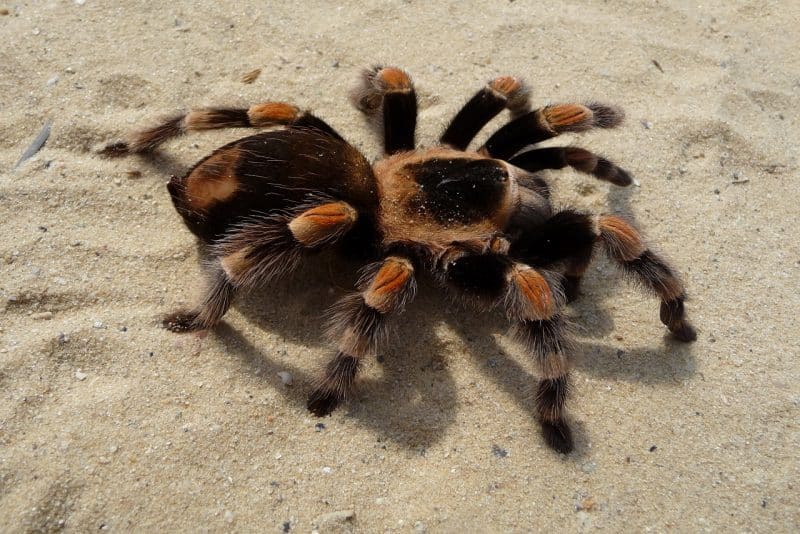
The tropical forests in Mexico are the main areas of residence of these species, where they tend to hide beneath the tall grass or the leafy grounds.
Chilean Rose Tarantula
Often nicknamed ‘rosies’ by many arachnid researchers, these are the most abundant species of spiders in American and European regions.
These tarantulas are native to Chile, where they are primarily found in the deserts and drylands.
Like every other species of tarantula, they come with a unique coat. Theirs having a deep brown color coupled with pink-stained tips.
Unlike most venomous tarantula species, the rosies are excellent pets and abundantly available in pet shops of America and Europe. They have a simple diet containing insects such as crickets.
Pink Toe Tarantula
The pink toe tarantulas are native to South American states, from Costa Rica to Brazil. This species is adapted to living in higher regions with a balanced amount of humidity. That is, the air around them shouldn’t be too dry or too moist.
The pink toe tarantulas have a very distinctive dark-colored coat with a splash of light pink color on their feet. Their bodies undergo a unique phenomenon of color reversal as they attain maturity.
These species of spiders exhibit aggressive behavior and, quite surprisingly, if a group of them were to live together, they would end up showing cannibalistic behavior, that is, eat one another!
African Tarantula Species
A huge number of families of tarantulas have been reported in the American regions. But, the tarantula spiders are indigenous to numerous other nations too.
For instance, in the African region, a considerably less number of species of tarantulas are dwelling on the continent. The Hercules baboon spider is the most prominent of these species, as discussed below.
Hercules Baboon Spider
The Hercules baboon tarantula is termed the king of spiders in Africa due to its enormous body size.
Sadly, there are reports claiming that the species might have gone extinct. Its last presence was reported about a hundred years ago in Nigeria.
Their rusty copper-brown color makes them a unique spider species that dwell in the African savannas and shrubby areas.
A unique defensive technique adopted by this tarantula species is the act of stridulation, where they produce a hissing sound to alert their attackers.
Asian Tarantula Species
If you were relieved that the Asian territory is safe from these beastly creatures, you might be getting it wrong!
Some of the most dangerous species of tarantulas have reportedly been discovered in some parts of Asia that are not only scary but also unique in their own way.
Head down with us to learn more about some of these creatures of the wild!
Cobalt Blue Tarantula
The cobalt blue is one of the rarest tarantula species alive in the world. This beautiful spider is native to the woodlands of Malaysia, Vietnam, Myanmar, Thailand, Singapore, and Cambodia.
The reason why these species are exceptionally rare is due to a decline in the number of rainforests (that are the habitats of these spiders) in the aforementioned states due to human activities.
A distinguishing feature of these tarantulas is that they appear pitch-black to a naked human eye. However, their stunning bright blue coat becomes visible when viewed closely under very bright light, which genuinely mesmerizes an individual.
However, you must watch out for them because they are the most aggressive of the tarantula species and may attack anyone within an instant.
Face-Sized Tarantula
This newly discovered tarantula species is exceptionally huge, almost about the size of an average adult human face. We can sense how terrified you are by this news!
The face-sized tarantulas were first discovered in Sri Lanka and India, where they were found dwelling in old buildings and trees.
These tarantula species are very rare as well since deforestation and the destruction of old buildings have led to a loss in their habitats.
They have a unique pattern on their bodies, with light yellow bands on their legs and a pink band over their body.
Ornate Tiger Spider
The ornate tiger spider is a unique tarantula species indigenous to Sri Lanka.
The species resembles other tiger spiders, but the main distinguishing element is their distinctive greenish-yellow and purplish shield on their upper bodies.
Unlike most of the other species of tarantulas, the ornate tiger spiders prefer living in tall trees where they weave webs. However, the webs do not function in catching their prey. This task is done by the critters manually.
Their venom is considered critically harmful, but none of their bites have ever been reported as fatal to a human being.
The Final Word
By now, you might be capable of saying that you’ve learned enough about the tarantula family of spiders. No matter how scary or colorful the tarantulas in Hollywood horror films look, they are a timid spider species who prefer staying in their slumber most of their lives.
Therefore, instead of wanting to eliminate their existence from the earth, we must join hands to protect this incredible creation of nature. Take it from us, these hairy crawlers make an excellent pet as well!
Join our Forum for free today!

- Third Elk Incident in Two Weeks in Estes Park, Colorado and How to Stay Safe - July 4, 2024
- 17 Animals That Mate For Life - June 24, 2024
- 13 Animals That Lay Eggs (Some Might Surprise You!) - June 16, 2024

